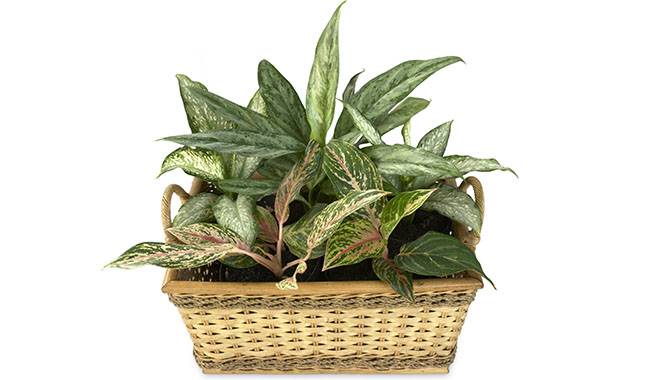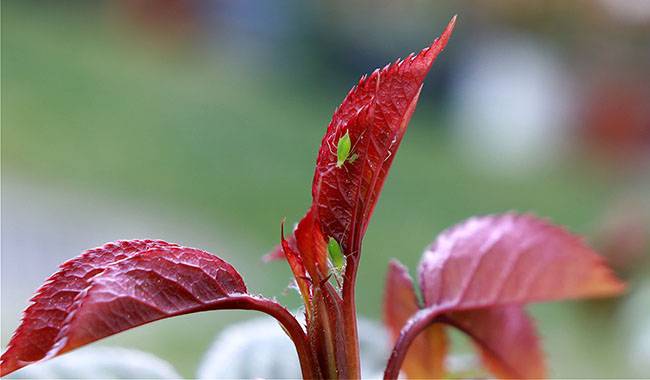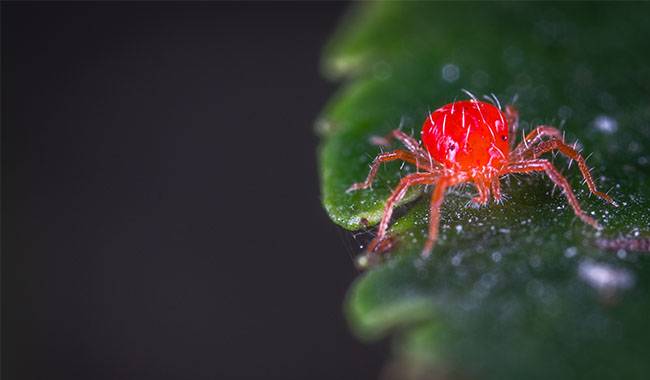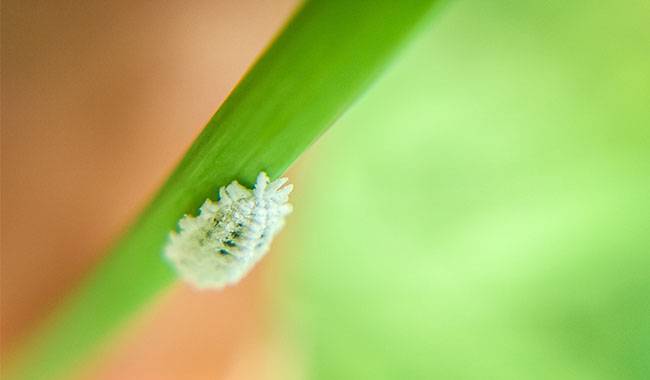
Many people consider Aglaonema’s “Lady’s Bliss” an almost infallible plant. It is one of the most reliable and undemanding candidates for indoor gardening. Aglaonema is suitable for any style or function and size of a room. It has problems only with serious lapses in care. Many things are easily forgiven with this attractive plant. However, if a serious mistake is made, Aglaonema can suffer from impaired development, decay, and insect damage. They are rare, but it is not easy to deal with insects that specifically target Aglaonema. You will learn how to grow Aglaonema’s plants in ThumbGarden’s article.
SPECIFIC CARE FOR AGLAONEMA PLANTS
The white veil surrounding the modest inflorescence – the fruiting spike – and the large, dark, slightly wavy leaves in a rosette form, rich in color and able to bloom in shady places, are the unconditional advantages of stemless Aglaonema. They do not require the same nature.
To avoid problems with your plants, you need to follow the basic care instructions.
- Place the plant in a place that avoids direct sunlight, light, semi-shade, or irregular shade.
- Prevent extreme heat and excessively dry air near the radiator.
- Prevent temperatures from dropping below 59 °F (15°C) and prevent cold winds from blowing.
- Ensure air circulation and ventilation.
- Keep the soil moist at all times.
- Use a loose and nutritious substrate and high drainage.
- Transplant plants promptly, but only “as needed.”
- Water Aglaonema with soft, cool water.
- Apply standard fertilizer only in spring and summer (every 2 weeks).
- Carefully remove flower stems until leaves are completely wilted and remove any old yellowing leaves.
- Observe for any “signals” from the plant.
But nothing affects stability and beauty more than basic hygiene. Neglected Aglaonemas, whose leaves have been covered with dust, quickly lose their appeal. And, even under seemingly ideal conditions, they are easy targets for pests.
PESTS CAN BE VERY HARMFUL TO AGLAONEMA
Aglaonema usually signals difficulties and discomfort on its own. When problems occur, insect infestation is the first thing to suspect. Suppose chorizo is growing poorly, looking sluggish, losing color, showing spots, or showing other signs of growth problems. In that case, the first thing to check when looking for possible causes is the possibility of insect infestation in and out of the soil. Since delays can be fatal to the crop, it is best to exclude the pest from the list of possible causes simply.
Aglaonema forms a dense colony and a lush bush in which it is not easy to reach all the leaves for proper treatment and cleaning. If pests appear on this plant, they can easily hide on a large number of leaves and soil surface, spreading rapidly and threatening the loss of decorative properties of most leaves. Aglaonema takes a long and reluctant time to heal after an infestation, requiring patience and careful care. Therefore, reacting quickly at the first sign of a pest is the key to successful pest control on this plant.
If the first signs of insects are detected, you should immediately begin treatment with insecticides or biological agents that can replace them. On Aglaonema, simple methods, such as leaf washing or wiping, are rarely effective because of the large surface area of the leaves. They are only the first step in defeating pests.
The most common pests of home pots – whiteflies, aphids, spider mites, and Mealybug – are mainly found on Aglaonema. But nematodes are also very dangerous: if they are found in the substrate, the plant needs to be replanted immediately.
Aphids on Aglaonema

Aphids can form entire colonies on the large leaves of Aglaonema. Most of the time, the insects hide in the inconspicuous leaves in the center of the shrub. When examining Aglaonema, you need to pay special attention to the young leaves because it is on these leaves that the insects spread at an alarming rate.
You can usually only suspect an aphid infestation by looking at the changes in the leaves. The young leaves are the first to react, changing color and contrasting unpleasantly with the older leaves. If the first signs are missed, more and more leaves will lose their color, curl and fall off. The sooty fungus, a traditional partner of aphids, feeds on its secretions and appears rather quickly on salivating insects.
If aphids are noticed initially, and the leaves are not too badly affected, you can try using folk remedies such as soaking in onion husks or marigolds. However, the risks of delay outweigh the benefits of ecological remedies.
Delaying on Aglaonemas is not recommended, so it is best to purchase an insecticide and prepare the solution for spraying according to the instructions. All sides of the leaves must be sprayed thoroughly. One spray is not enough: Aglaonema will need repeated 3 to 5 times if aphids infest.
Red spider mites

If a plant suffers from high temperatures, extremely dry air, and occasional drought, it is almost impossible to protect it from spider mites. Spider mites spread rapidly on the leaves, manifesting themselves not only as distinct translucent micro-patterns but also as irregular yellowing starts and strange drying that does not begin at the leaf tips. In general, spicebush is not without growth disturbance.
It is best to remove diseased leaves on Aglaonema immediately, as the dryness does not regenerate and only increases the risk of further spider mite spread. To quickly solve the problem, it is best to start treating plants with insecticides straight away while adjusting conditions and care. Increase watering and spraying, and lower the temperature by regular ventilation. It is best to install a wet pebble tray for Aglaonema if possible.
Folk alternative for early infestation – onion and citrus infusion – 0.26 gal per (1 liter) of water 100 g peel or 20-25 g peel, stick to 3 days, strain through a small amount of soap, and use.
The mysterious Mealybug

It is not easy to spot the Mealybug on Aglaonemas because these insects hide between the leaves in places almost impossible to see under normal circumstances. Growth arrest, mildew (especially at the base of the leaves), white spots, dullness, and loss of luster can also indicate the presence of this pest.
Mealybug can be removed by hand, especially if there are few pests: ordinary alcohol can easily do the job. However, it is safer to use insecticides or citrus peel infusions for control and prevention.
Less common on Aglaonema is the Mealybug, which can be detected visually by sticky patches and by the weakened state of the plant. More often than not, they sit on the petiole. Only when spreading, can these insects be seen with the naked eye on the leaf flakes. The best way to treat them is a combination of manual insect removal and insecticide treatment by wiping the leaves with soapy water.
ISOLATION IS IMPORTANT
Of course, the plant must be isolated from other houseplants before specific control methods can be applied. And disinfect the plant by washing it in a warm shower and treating the foliage with plain soapy water. If there are so many insects that the nests are visible, you can try gently removing them with cotton wool or a cloth dipped in diluted alcohol (if the concentration is high, it will leave a burning mark on the leaves of the acanthus).
Dear readers
To avoid pest problems, all you need to do is give it at least some basic care and keep its leaves clean. So in the case of Aglaonema, prevention is the best control strategy.








A good Window Repairman Near Me repair
service will give you an estimate of how much the repair will cost and whether windows require to be replaced
or repaired. Before choosing the window repair service, you should get at least three estimates in person.
You may need to have your windows replaced if you
reside in an old structure or are in an area that has lots of windows that are vulnerable to being damaged.
The problem may be as simple as wood that has rotted or an accident.
mitigation companies play a crucial role in defending websites from the consequences of DDoS
attacks.
You might be interested in where you can purchase hemp flower if you are a cannabis enthusiast.
These are typically pure hemp flowers, however there are many alternatives.
Hello there, You’ve done an incredible job. I’ll definitely digg it
and personally suggest to my friends. I’m sure they’ll be benefited from this